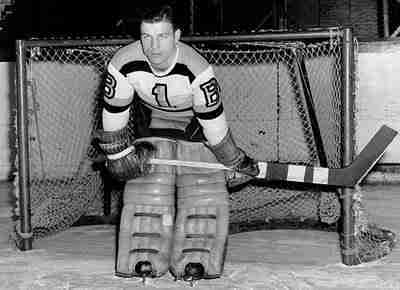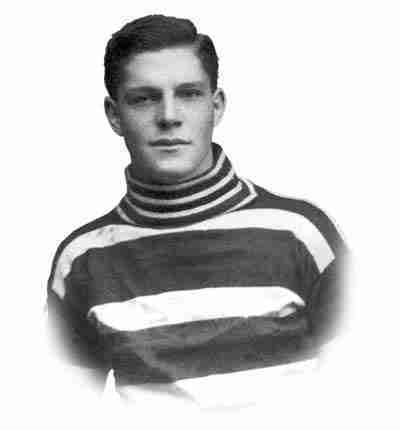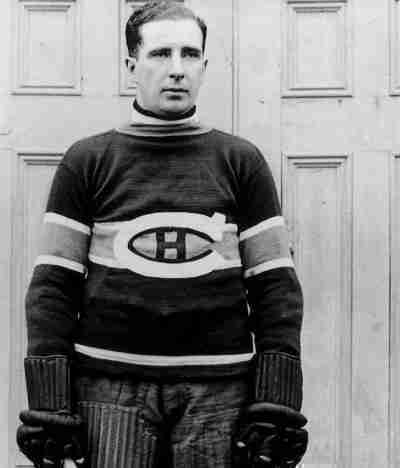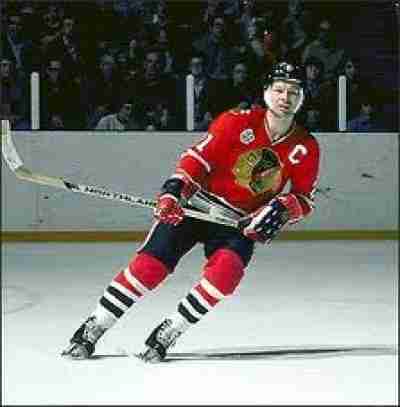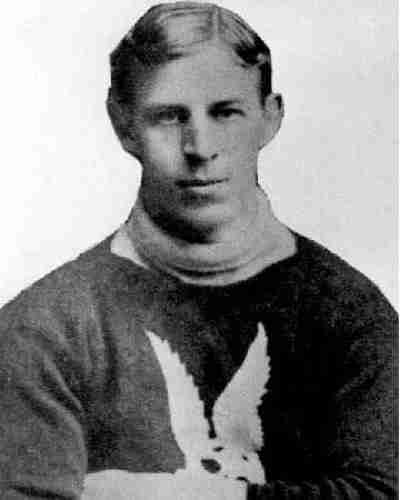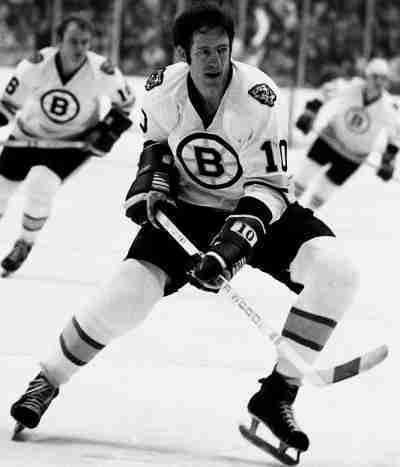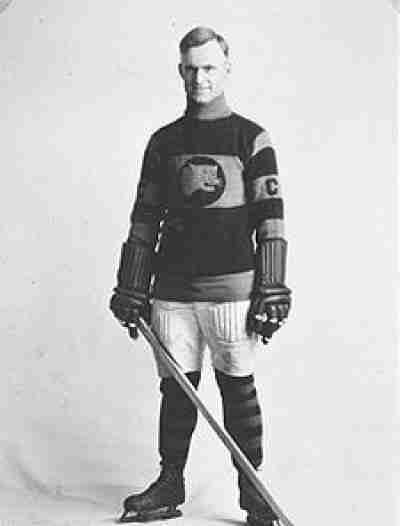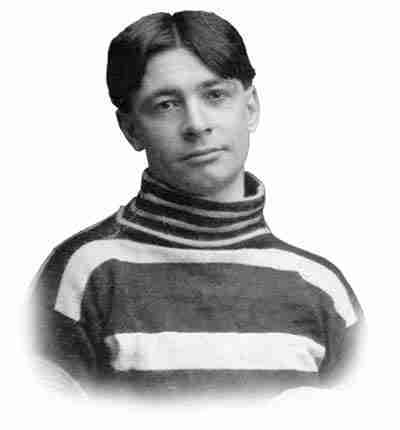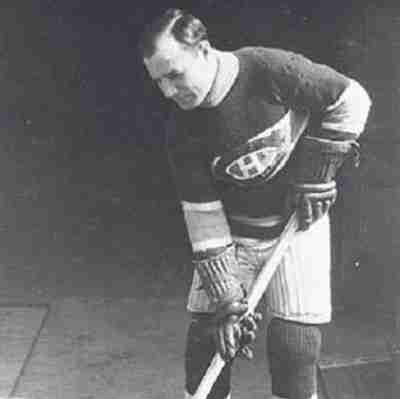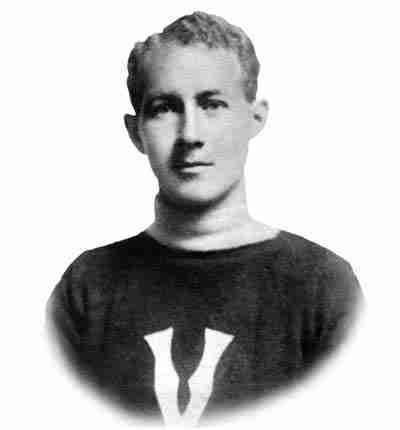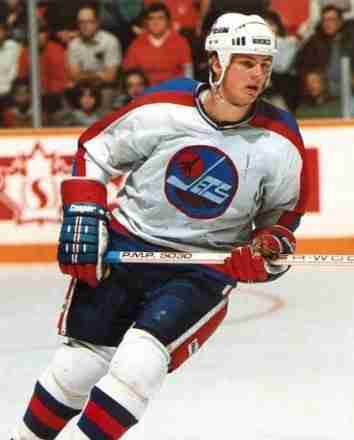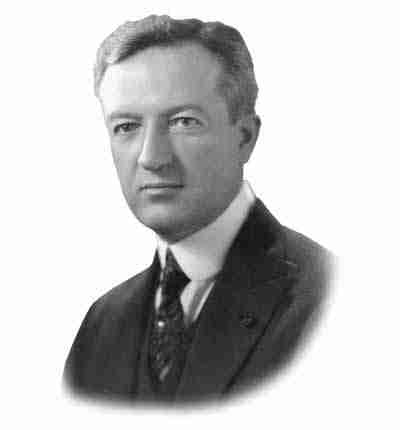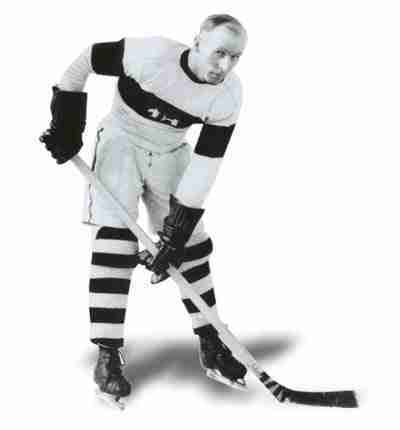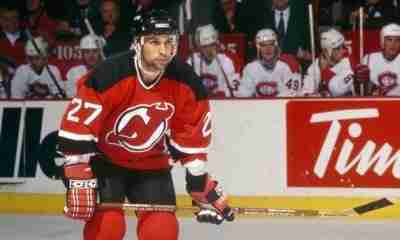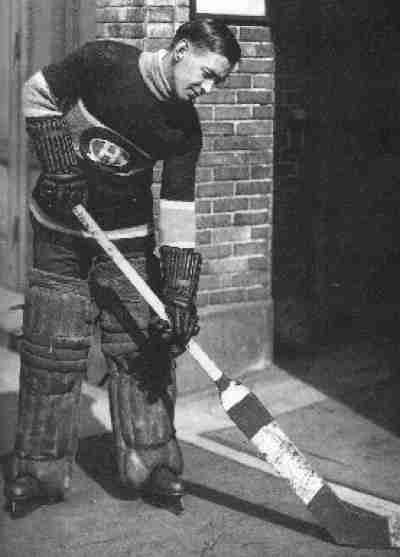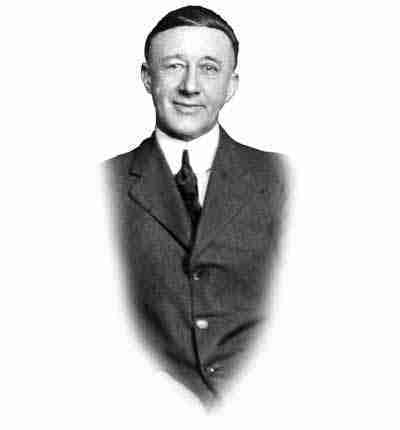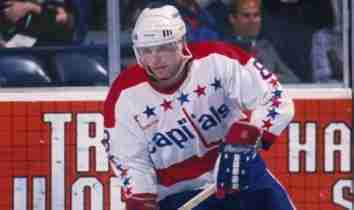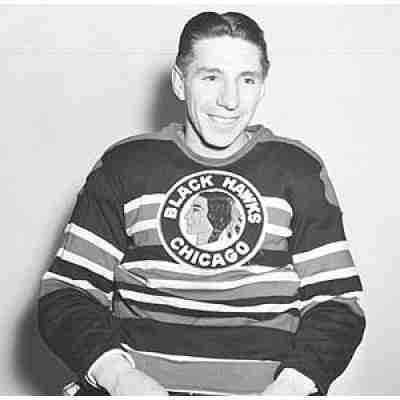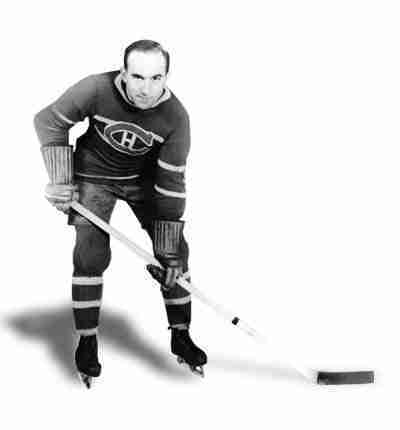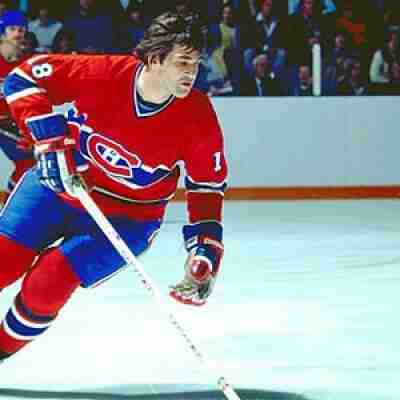Current Hockey Hall of Fame Inductees (383)
Outside of the province of Ontario, how many people are aware of the city of Kingston? Let’s take that a step further. How many outside of Canada know about this place? We will wager that it isn’t a lot, and those that answer that they heard of it, probably are thinking of the version in Jamaica instead. Now had this city on the Northeastern corner of Lake Ontario remained the home of the Hockey Hall of Fame would it have developed a bit of an international flair or enhanced reputation? Maybe it would have been more of a staple of “Canadiana”, as Kingston is the home of the First Canadian Prime Minister, and the unofficial band of Canada, The Tragically Hip. Stands to reason that it would have been a great fit for the unofficial sport of Canada (it is actually lacrosse) and the official passion of the country.With the launch of the Baseball Hall of Fame, the sport of hockey looked to follow suit. Its biggest league, The National Hockey League had a core of seven teams (which was pared down to six in 1942, when the New York Americans suspended operations) was a healthy organization, and though it was only relevant in cold weather climates, it was a sport that already had a long history, and the coveted Stanley Cup; which was then (and still is) the most impressive trophy in the entire sporting world.
The biggest proponent of an institution recognizing hockey excellence was a Canadian named James T. Sutherland. Born in 1870 (in Kingston naturally), Sutherland played as much hockey as he could and was a member of the Athletic Club of Kingston which was part of what was believed to be the first organized league the sport had. He would later form the Kingston Frontenacs, who would participate in the Ontario Hockey Association and would eventually become the Leagues president. Captain Sutherland (a rank he would achieve serving for Canada in World War I) would create the Memorial Cup; a trophy honoring those who fought in the Great War and to be given to the top Junior team in Canada. Incidentally, this is still the same trophy given to the team that wins the post season tournament in the Juniors in Canada.
Once the National Hockey League and the Canadian Amateur Hockey Association agreed to mutually put together a Hall, Sutherland (who had also served as the President of the CAHA) fought for Kingston to be its home. It was not just because he was a native of the city, but because he legitimately believed that Kingston was the rightful birth of modern hockey (which is near impossible to prove). Regardless of where hockey began, Kingston was to be pegged as its home.
Although construction had yet to begin on the facility, the first class was selected in 1945 which inducted nine players. It also had a “Builders” category which honored those who helped develop the game. As we look at those who are inducted to this institution, we will do so chronologically. Let’s take a ride on Hockey’s highway shall we?
With the very cool nickname of “Mr. Zero” Frank Brimsek was a two time Vezina Trophy winner and is one of the greatest American Goalies of all time. Brimsek was consistently named to Post Season All Star teams and was a two time Stanley Cup champion with the Boston Bruins. Fittingly, Brimsek was inducted into the first class of the United States Hockey Hall of Fame…
A member of the famed Ottawa Silver Seven, Billy Gilmour was a multiple time Stanley Cup winner. Gilmour averaged nearly a goal a game, but was he a Hall of Famer? In that era, a goal a game was impressive (but somewhat common) and may not have been worthy of HOF credentials when looking around the league. Many players in that era entered the Hall without…
Sprague Cleghorn was not just a talented skill player with the puck; he was a feared defender who some called the dirtiest of his era. Regardless, of what label he had, he was a Hall of Famer in every capacity. The punishing Cleghorn was a vital part of two Stanley Cup wins for the Ottawa Senators and later two for the Canadians. Cleghorn was a rough…
One of the smoothest playmakers of his day, Stan Mikita won the Art Ross Trophy four times and led the National Hockey League in assists three times. He was part of the Chicago Blackhawks rejuvenation of the 60’s, and though they only won the Cup once, they were a solid squad throughout the decade.
Dubbed the “Little Man of Iron” due to his small stature and fierce tenacity, Dickie Boon was a two time star Stanley Cup winning defenceman for the Montreal Hockey Club. Boon historically is credited as the first player to use the poke check. After his playing days ended, he co-founded the Montreal Wanderers and managed them to four Stanley Cups. Boon’s induction is likely based on…
A class act on and off the ice, Jean Ratelle was on many good teams (though never won the Stanley Cup) and was a two time recipient of the Lady Byng Trophy. He would twice top the 100 point mark and finished with a total of 1,267 career points. As good as he was at scoring and playmaking, he was also known for making very…
A very good, though not great Hockey player who starred in Western Canada, Barney Stanley was a part of the Vancouver Millionaires Stanley Cup win in 1915. Stanley would be a goal a game producer for various teams in the West, and his versatility to play multiple positions made him an asset on team’s benches. He would eventually make the NHL albeit for one game in…
Harry “Rat” Westwick always seemed to win wherever he went. A tenacious and consistent player, Harry Westwick was a very good goal scorer for the Ottawa Silver Seven and was part of multiple Stanley Cup winners. As such, he was rewarded with a Hall of Fame induction the same of many of his Silver Seven teammates.
Arguably the first megastar of the legendary Montreal Canadians franchise, Newsy Lalonde scored their first goal and was the captain of their first (of many) Stanley Cup wins. Lalonde was a scoring machine netting 150 goals in just over 100 games in the old NHA and was a seven time scoring champion in multiple leagues. Newsy (cool name isn’t it?) Lalonde is a solid selection to…
A career player with the Montreal Victorias, Blair Russel was a star Left Wing who helped the Montreal Victorias defend the Stanley Cup at the turn of the century. Russel averaged multiple goals per game for the Victorias and was a stalwart for the team in an era where player movement was actually more common than today. Russel resisted all offers to turn professional, and retired…
We imagine that in the 1980’s that Dale Hawerchuk pretty much owned the Province of Manitoba in the 1980’s. Coming off a spectacular junior career, Hawerchuk was selected by the Winnipeg Jets and promptly won the Calder Trophy and set (since broken) the record for the youngest player to get 100 points. He would go on to hit that 100 point plateau five more times…
A wealthy Canadian who would become a Senator, Donat Raymond’s contribution to Hockey was the formation of the Canadian Arena Company which was responsible for constructing the legendary Montreal Forum. Basically, this is the main reason he got inducted in the Builders Category in the Hockey Hall of Fame. This might be one of the Hall’s weaker inductions.
“Frank the Flash” Foyston was a natural sniper who was one of the first players (only ten ever have) to hoist the Stanley Cup with three different teams. A very capable goal scorer, Foyston was one of the first to net 200 goals in a professional career, and his versatility enabled him to be an asset for numerous squads. Although he may not be someone who…
What didn’t Scott Niedermayer win? He is a four time Stanley Cup Champion, a World Cup winner, a two-time Olympic Champion, a World Hockey Championship, a World Junior Champion and won the Norris Trophy and the Conn Smythe. That is one hell of a trophy case!
In the amazing history of the Montreal Canadians, a wide array of talented goaltenders have donned there iconic jersey. However, only one can be the first, and that man was Georges Vezina.
Far more than just a long time referee (He refereed 2,400 hockey games; Fred Waghorne brought a lot of positive changes to the game. He brought in the whistle to initiate stoppage in play, which was previously sounded by a cowbell. He also was the first to drop the puck from a few feet above the ice instead of placing it on the surface and he…
Although Larry Murphy is a four time Stanley Cup winner and one of only a handful of Defenceman with over 1,000 points (he actually has 1,216), he never seemed to get his due. It is not hard to understand why, as Murphy played at a time when Paul Coffey and Ray Bourque won multiple Norris Trophies and were scoring at a Bobby Orr like rate.…
The youngest of the Bentley brothers, Max Bentley may have been the most fun to watch. He was one of the best skaters and stickhandlers of his era, and he would often make opponents look foolish with his “dipsy doodle” like play. Bentley would twice win the NHL scoring title twice while a member of the Chicago Blackhawks and won the Hart Trophy in 1943. Chicago…
Many have stated that Howie Morenz is the first true superstar of the National Hockey League. They may very well be right.
As part of the Montreal Canadians “Big Three” defence corps, Guy Lapointe was a member of six Stanley Cups. He was an offensively gifted player who would top the 60 points mark three consecutive seasons and remained an asset on the defensive side. He was a devastating force on the power play and equally adept with punishing checks. Lapointe would be a Post Season All…


